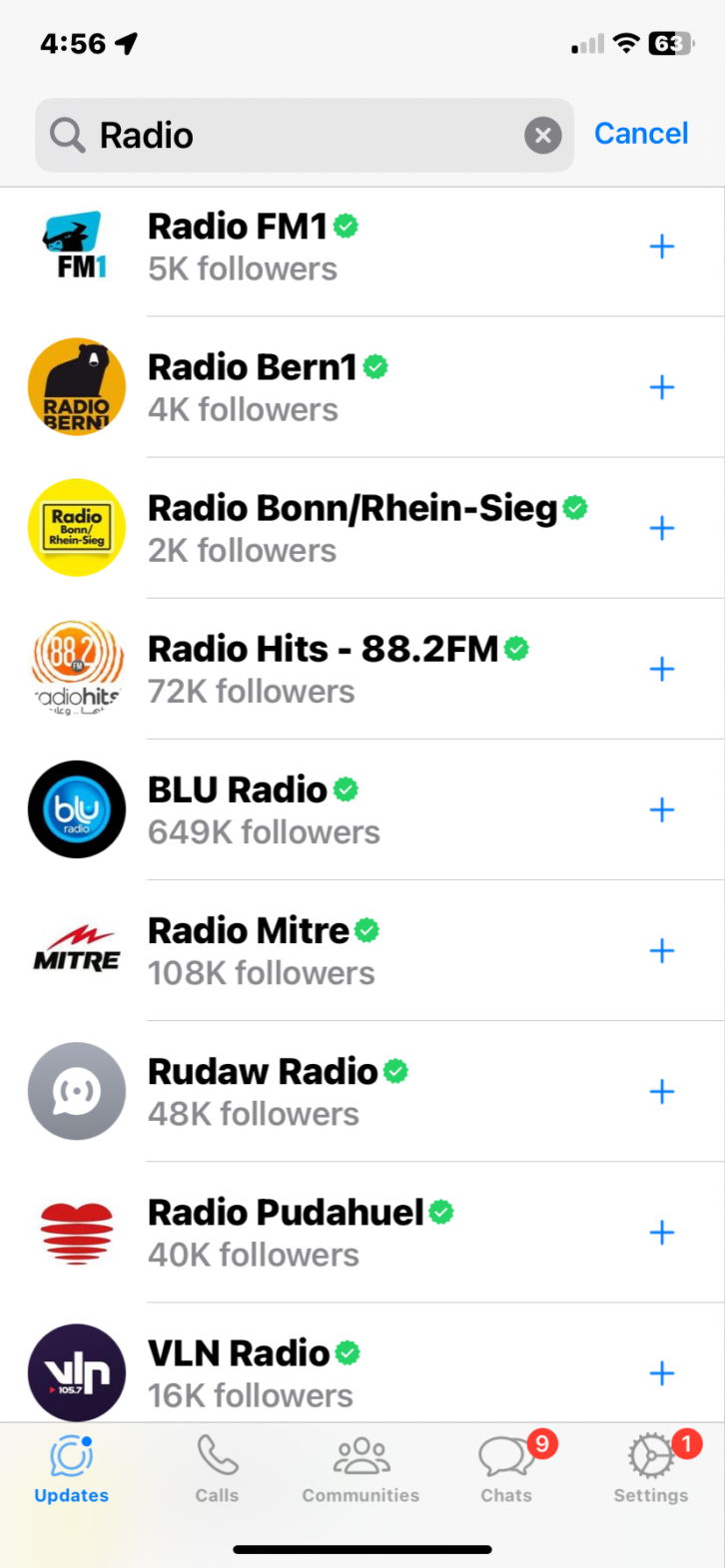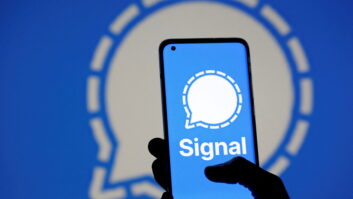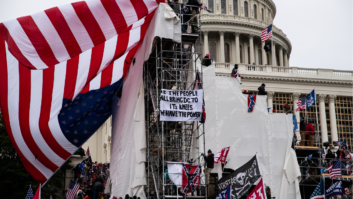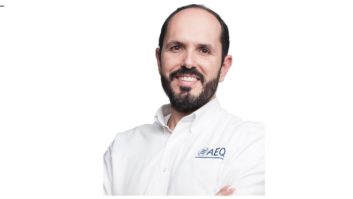Because much of my work is international, I was a relatively early user of WhatsApp. It became my free long-distance call and multifaceted messaging service for keeping in touch with businesses and friends around the globe. But for quite some time, when I’d mention it to folks here in the United States, many would say, “WhatsApp? What the heck is that?”

While the app was introduced in 2009 and subsequently became a global juggernaut, adoption in the U.S. was slower — yet it is steady and growing. eMarketer pegs the U.S. at 67.6 million users for 2023 and projects growth to 70.2 million by 2027. Other sources say it’s much higher.
I’m convinced that WhatsApp will grow rapidly here as it adds more services and Americans increase international travel, spurring them to try the product. Many American businesses have already added WhatsApp to their communication process for consumers. With WhatsApp’s new “Channel” functionality, it’s time for American radio to explore this evolving product.
What’s not to like?
Get ready for WhatsApp Channels. It launched in September so that users could follow celebrities and brands for updates. At this writing, there is indeed a waiting list for creating a new channel; however, I’ve found several sources reporting that WhatsApp will be allowing access to all at some point soon.
Unlike WhatsApp Chats, the Channels feature is one-way broadcast communication, all coming from the brand or personality. Users subscribe to specific WhatsApp Channels to receive updates. This is most definitely a no-brainer for news/talk and sports formats but could also work quite well to highlight personalities and station benefits.
If you search “radio” or even “FM,” you’ll see how stations around the world are already using the product to communicate to their listeners.
Bluradio in Bogota, Columbia, has more than 650,000 followers. For comparison, Major League Baseball has surpassed 1.5 million. Although there may be some U.S. stations on board, I could not easily find one.

Currently, 16 people can function as the “admin” for your WhatsApp Channel, so the creativity and work can be spread around your station. But plan wisely. For example, the help center makes a great point when it recommends that “channel admins should be respectful of their followers and avoid sending too many or low quality updates, which could lead recipients to unfollow their Channel.”
Along the way, WhatsApp Channels introduced voice messages, which means you’ll be able to send clips of shows or bits to followers. It’s not possible yet to embed videos, but links may be used. However, just like any other platform, I caution against linking out unless you don’t want followers to stay on your Channel. Once you link out, it’s unlikely the user will return, and often they bounce from the outbound link because they really do want to stay on the platform. You may also conduct polls on your WhatsApp Channel, a handy way to get your audience engaged in real-time, while you talk about it on-air.
One more benefit to WhatsApp is using Community or Chats to accept two-way communication. It’s an excellent way for listeners to send you voice notes from their phones that you can use on-air. The advantage over phone calls is obvious: You can easily edit and utilize at your complete convenience. The sound quality is also excellent.
By the way, WhatsApp Chats are terrific for internal use. Use your WhatsApp Chat Group to stay in touch with your on-air staff or sales organization. It’s much more efficient than email and will speed up your communication process.
What’s not to like? When the time comes, I am looking forward to watching American radio grow on WhatsApp and can’t wait to subscribe to your Channel.
Comment on this or any article. Email [email protected] with “Letter to the Editor” in the subject field.












